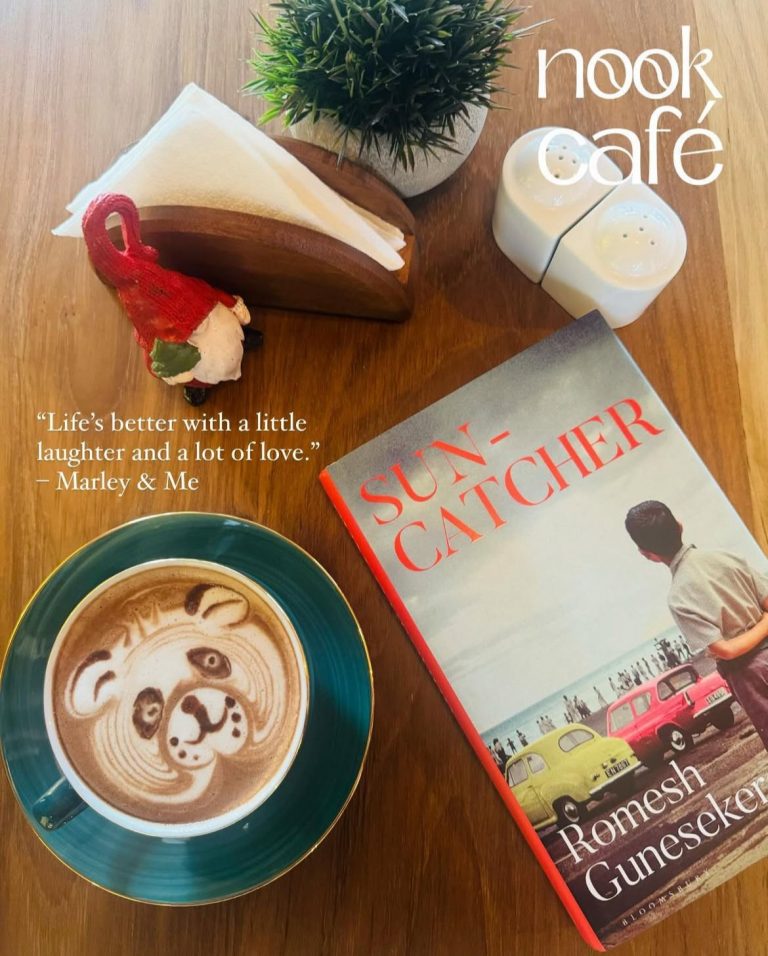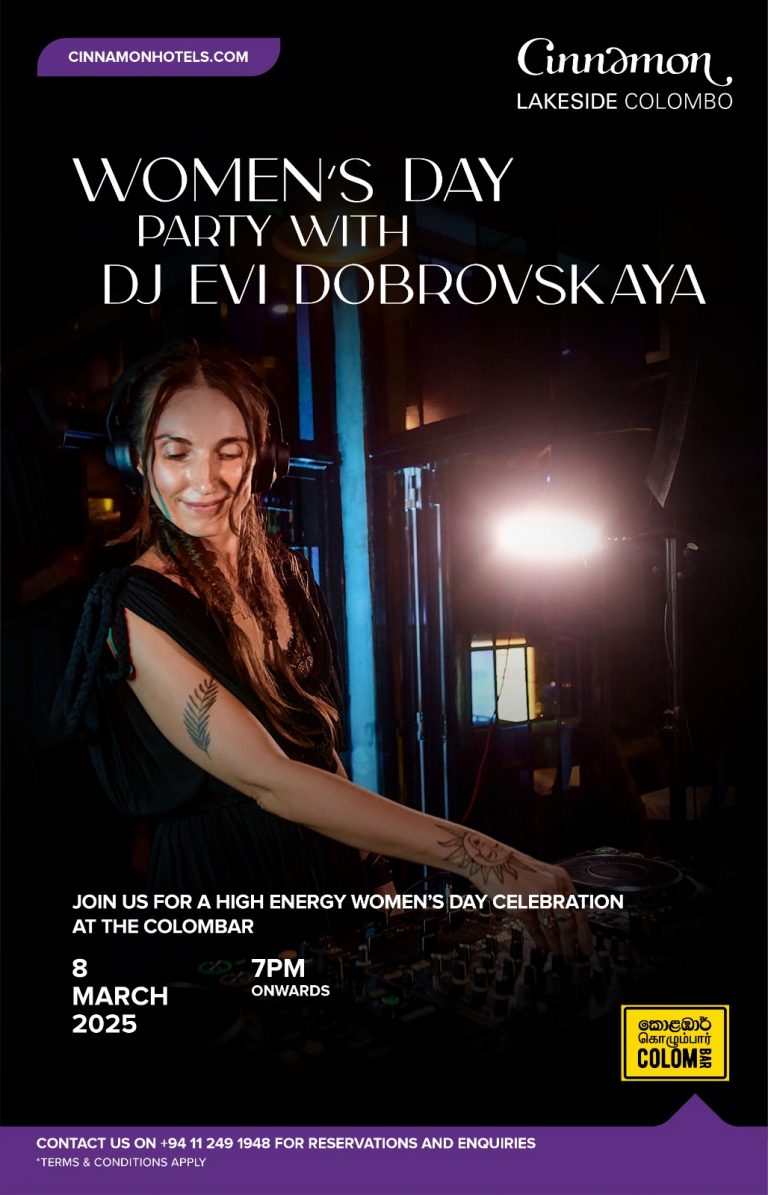“Thank you Come Again,”
Says the sign on the A35, leaving Puthukkudiyiruppu.
Just beyond that is the shelled-out carcass of a homemade LTTE Tank. The friendly sign, which welcomes the visitor back to Puthukkudiyiruppu, creates an unsubtle irony to those visiting the Mullaitivu district, where the Sri Lankan Civil War ended in May 2009.
A small littoral strip of land between Chalai and Mullaitivu saw the last desperate month of the struggle. Here, the villages of Vellamullivaikal and Karaiyamullivaikal are little changed since the aftermath of Sri Lanka’s brutal civil war: bombed out roofs, bullet holes in the walls, and families living under blue tarps. De-mining teams are active in the numerous minefields, their blue Kevlar uniforms looking stifling in the heart. Civilians live uneasily alongside the omnipresent military.
War hungry tourists can see the Vehicle Grave (9.321192,80.764997), the debris of hundreds of cars and buses that litter the scrubland. Brought here from the LTTE’s retreat against the advancing Sri Lankan Army, the vehicles remain the way they were at the war’s conclusion. The mutilated vehicles are lined up in long rows, sometimes in great heaps, along the western side of the road. They are guarded by a Sri Lankan Army post. Stay too long, and a solider will warily wave you away.
South of the Vehicle Grave is the 150 meter long MV Farah III (9.314289,80.791458), a beached Jordanian cargo ship. The Farah III once carried 14,000 tons of rice before the LTTE commandeered it; the rice nourished the LTTE while the LTTE used the ship’s metal for many purposes, including building their homemade tank. The hulking red-rusted ship stands as a decaying reminder of the war’s end, silently judging the combatants. The beach where the Farah sits was once the launching point for a proud fishing community, but is now used for war tourism. When we visited, tourists began taking group photos in front of the ship.
To the northwest is the War Museum at Puthukkudiyiruppu (9.321409,80.724943). Entering the one room museum you won’t find a word of Tamil or English. What you will find are maps detailing the Sri Lankan Army’s final push towards PTK, along with photos of Prabhakaran’s bullet ridden body. Outside of the museum is a large collection of suicide boats. The collection of speed boats, transport vessels, and submersibles is impressive. Most appear to have been self-designed. One small sub looked like something out of a James Bond film.
Next to the War Museum is the “”Victory Monument.”” The monument depicts a Sri Lankan Army solider waving a flag in one hand and raising his weapon in the other. His face is turned towards the sky. A stone at the rear of the monument commemorates the “”commanders at the time of conquest.””
Deep in the Mullaitivu district’s jungle, (9.261814,80.689158) is LTTE commander, Vellupilai Prabhakaran’s secret underground command compound. It is accessible by a dirt road with mines fields on either side. The compound was designed to be well camouflaged. The LTTE planted many trees on the grounds, and used shredded uniforms as tarps to hide the buildings. You can enter into the four floors of the dark, fetid bunker, and see what life was like for the LTTE leader. The entrance is strewn with bullet holes. Visitors can stop and have a coke at the refreshment store just outside compound’s barbed wire fence (while appreciating the incongruity of a refreshment stand at a war site).
Since the end of the war, tourism to Sri Lanka has more than doubled, and a new wave of internal tourism has started. The government and army are attempting to capitalize on this trend by opening luxury resorts (also here) and encouraging tourists from the South to visit the North and East. As well, Government development work is proceeding at a rapid clip. Many roads are being rebuilt in Mullaitivu.
Sean O’Connor and Andrew Otis.
















